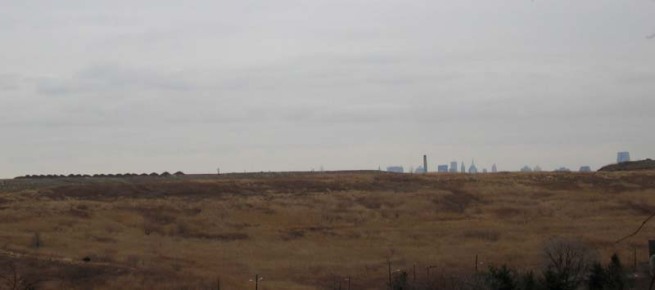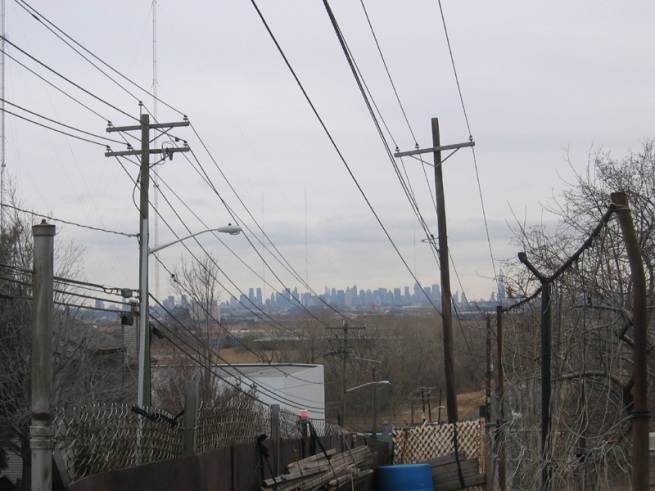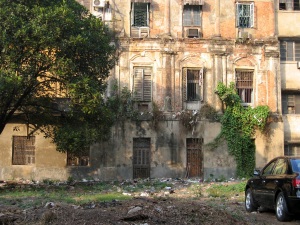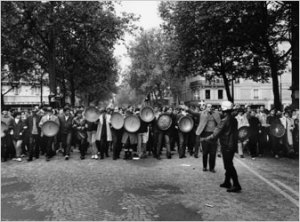If Thanksgiving is the appointed time for rampant overeating and Black Friday our annual date with discount frenzy, then today could perhaps become enshrined as Hangover Saturday, a good time to reflect on consumption rather than engage in it.
Here a selection of Hangover Saturday thoughts gathered in the course of a restful day:
When people talk about what they are grateful for (on Thursday), they never say, “I’m grateful that I have so much stuff” or “My cup runs over because of those Manolo Blahniks I bought last spring” or “The best thing that ever happened to me is my Lamborghini.” It’s possible they’re just trying not to tip their hand, but I suspect we don’t hear those things because, actually, we all do know better.
Our current economic woes have had one advantage: to clarify the point that consumption is not a selfish indulgence but a patriotic duty, philanthropy flowing ceaselessly towards the wealthy, so that our expenditures can come back to us in the form of jobs, which may be defined as a palliative for massive debt or as a subsidy for patriotic duty, sadly insufficient.
Whoever thought of the slogan “Reduce, Reuse, Recycle” was not really clued in to the realities of our economic system. We do our bit to help with recycling at least in some parts of the country, but when we make an (unwilling and modest) start on the “Reduce” component, the whole country goes off the rails. That must be why the EPA report “Opportunities to Reduce Greenhouse Gas Emissions through Materials and Land Management Practices”—which is to say “How to Save the World by Tackling Consumption and its After-Effect, Garbage”—declines to estimate the impact on greenhouse gas production if we ate less and bought fewer things. Instead, it tries to figure out what difference it makes if, for example, we were to capture ALL the landfill gas that percolates up from our trash and convert it to electricity or if we recycle ALL the construction and demolition debris coughed up by the never-ending pursuit of bigger and better (as opposed to affordable) homes and gardens.
The opposite of consumption that most easily comes to mind on Hangover Saturday would be abstention. But consumption also has an opposite in creation, which is or can be blameless and much more fun than just saying no. The best place I know to get a feel for the truth of that proposition is S.C.R.A.P. (www.scrap-sf.org), an inspired program in San Francisco that diverts virgin merchandise from the landfill, makes it available for dirt cheap to all those with an urge to create rather than consume, and provides a bunch of jobs into the bargain.
The San Francisco warehouse (on Newcomb between Toland and Selby) is huddled rather inauspiciously under Highway 280, but step inside and be greeted by a carnival of color and texture—papers, fabrics, buttons, doodads, figures, threads and yarn, birds, notions, glass, wood, boxes and containers, table legs and carpet squares, stickers, ribbons, cards, and vinyl discs. On and on. Not everything leapt out at me as obvious fodder for art, including the industrial-sized potato mashers. For many things, it is immediately obvious why they are not in a store somewhere. In their original identity, the scraps that S.C.R.A.P. offers are not saleable, but as art materials they’re irresistible, guiltless, and very inexpensive.
Over it all hangs an exhibit of unpretentious art: scrap boxes emulating the best of Joseph Cornell, mobiles, a digestive tract laid out in flopping beakers and retorts, quilts, and many other works that demonstrate the virtues and joys of clean salvage.

















